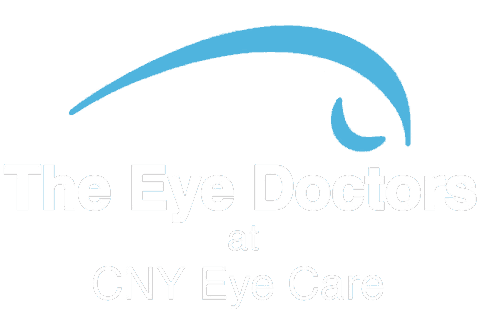LASIK
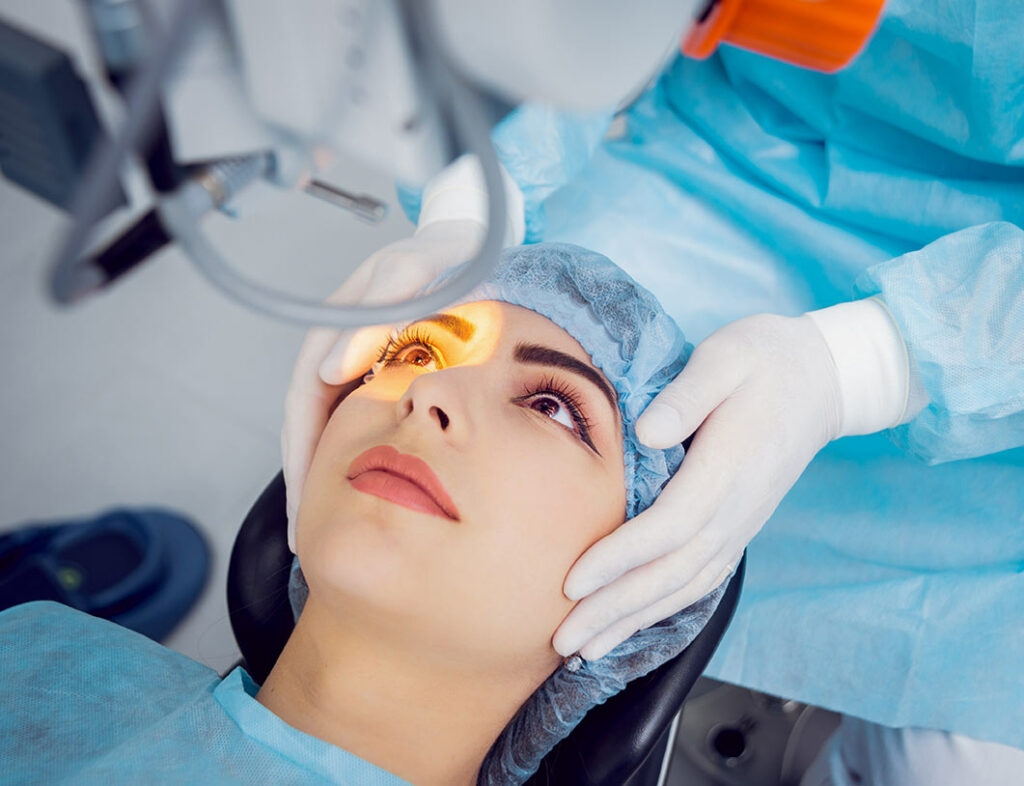
The key to producing the best results in laser surgery is to combine the best technology available with a skilled surgeon. As a result Dr. Robert Weisenthal continually analyzes all new technology to determine if the innovations will improve the outcomes for his patients. We are now proud to offer the most recent advance in laser, “All-Laser LASIK”. The Intralase LASIK method is a 100% blade-free approach to creating a corneal flap during LASIK surgery.
Traditionally, Dr Robert Weisenthal uses a mechanical microkeratome for the creation of the corneal flap with excellent results. While that has been the “gold standard” for many years, prior to every procedure Dr Weisenthal explains that in the rare instance that the flap is not made perfectly, we will stop the procedure, allow the eye to heal for several months, and then return to complete the procedure safely with the best results. This rare complication (1 in 500) is more common in patients who have steeper or flatter corneal curvature than typical or other abnormalities which are difficult to detect prior to surgery. The differences in curvature aren’t a problem for the Intralase procedure because it does not use a blade to cut the flap. The Intralase method minimizes flap complications during surgery.
In addition the long term stability of the procedure is dependent upon leaving the most cornea tissue untouched after LASIK surgery. If you have a borderline amount of cornea thickness this can be an issue. According to FDA guidelines there should be at least 250um of tissue left untouched for the cornea to remain stable over time. Dr. Weisenthal is more conservative, he likes to leave more than 300um untouched. The mechanical microkeratome has a variance of 30-40um in the thickness of the flap. This could mean that the patient that has the borderline amount of cornea could have a thicker than average flap, leaving less than 300um of tissue untouched.
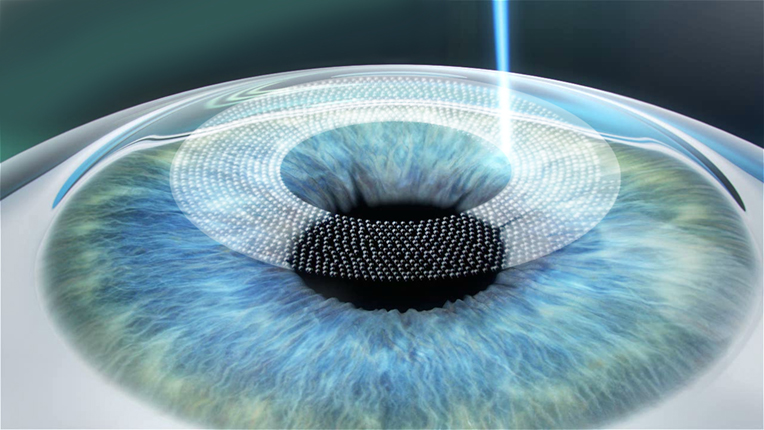
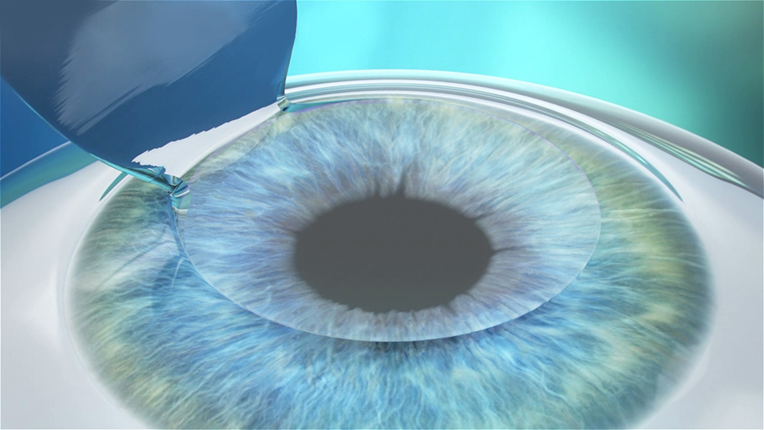
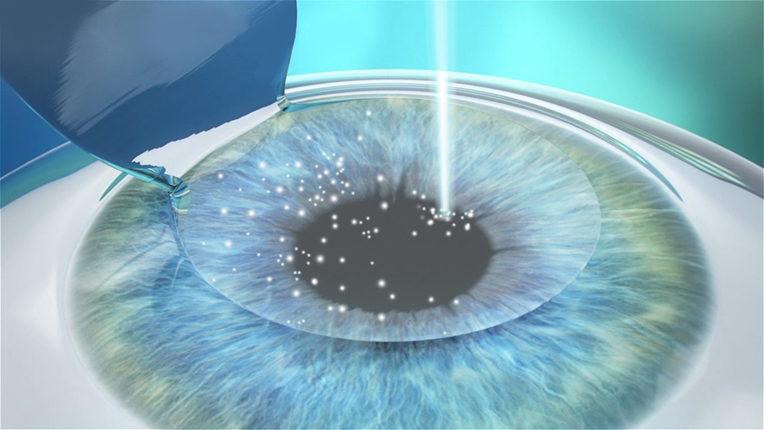
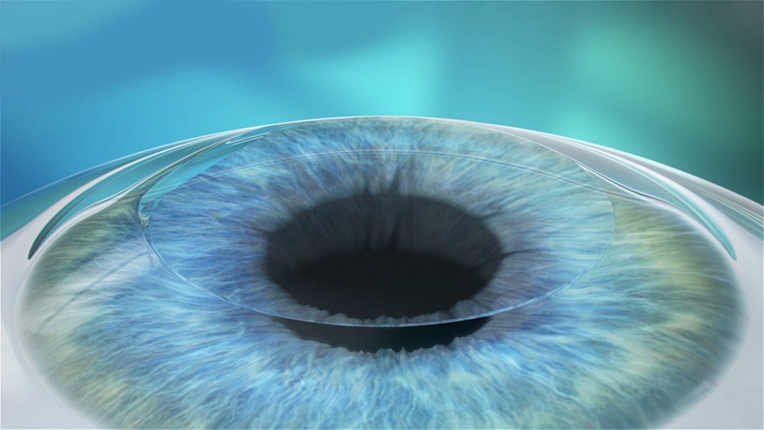
The Intralase method allows the doctor to set the thickness of the flap into the laser and create a flap that is within 8-10um of the expected amount. This makes the untouched cornea much easier to estimate accurately, making sure that enough tissue is left undisturbed to help maintain stability over time.
Over a million procedures have been performed safely and effectively using the Intralase method. The results of surgery with Intralase have been outstanding, increasing your chances of 20/20 vision after surgery. It is the most advanced and accurate technology available for creating the corneal flap, reducing your apprehension through the process of surgery.
Unfortunately, there is an additional charge for the Intralase in order to pay the company which supplies the laser. If you have a normal corneal curvature it is still possible to obtain an excellent result without using the Intralase, so we feel confident offering LASIK surgery with our standard technique. However, in certain patients we may recommend the Intralase as a safer alternative for their successful long term outcome. If you have any questions or concerns we are happy to discuss them at any time.
Are You A Candidate For LASIK or Refractive Surgery?
Refractive Lens Exchange

Unable to see clearly without correction, many nearsighted and farsighted people require glasses or contact lenses for their daily activities. A growing number of individuals bothered by the inconvenience of glasses or contacts are choosing an exciting alternative to correct their vision. It is called refractive surgery. After refractive surgery activities such as swimming, playing tennis, watching television at night, or even just waking up in the morning take on new excitement. We’d like to take a few minutes to discuss the possibilities offered by modern surgical techniques that reduce dependence on corrective lenses.
Refractive surgery encompasses many techniques to correct your vision including PRK, and LASIK. PRK (Photorefractive Keratectomy), uses computer controlled, cool laser pulses to reshape the surface of the cornea. The most popular option chosen today is LASIK, (Laser Assisted Intrastromal Keratomileusis). In LASIK, a thin corneal flap is made and the Excimer laser is performed underneath it. This technique provides the most rapid return of vision, as the surface tissue remains untouched. In special cases we also perform Implantable Collamer Lenses, or ICL’s, in which a special implant is placed within the eye to correct your vision.
At CNY Eyecare we have access to the best technology available for all these procedures. In addition, we are a comprehensive refractive center offering the best procedure for your visual needs and refractive error.
Which laser is used at LaserView?
We began performing PRK in October 1995, using the first laser approved in the United States, the Summit Excimer laser. In July 2001, we began using the Bausch and Lomb Technolas laser. This laser was chosen after an exhaustive search of all laser technology. We chose the Bausch and Lomb (www.bausch.com) because it is a flying spot laser with an internal tracking device. It has a larger treatment zone than average which means fewer night vision problems and more effective treatment of astigmatism. It had the best results of any laser ever tested in the trials of the FDA. (For additional information on the flying spot Bausch and Lomb Technolas laser, look at the FDA website (www.fda.gov/cdrh/lasik/default.htm) for a comparison of the results using different laser systems).
Which one is best for you?
LASIK is the procedure of choice for patients with a mild to moderate degree of nearsightedness. PRK or EPI-LASIK work well for patients with moderate to high amounts of nearsightedness. It is also used for patients who may not qualify for the LASIK procedure due to high degrees of myopia, thin corneas or corneal dystrophies. ICL’s are performed for patients who are not candidates for LASIK or PRK. There are many variables to consider. After a thorough examination and a discussion of the risks and benefits of each procedure, your doctor will help you decide which is best for you.
Where is surgery performed?
The surgeries are performed at LaserView of CNY, which is a partnership between area board-certified ophthalmologists and optometrists.
How do these surgical options differ?
Each of these procedures is performed using anesthetic eye drops. The procedures vary slightly in technique, risk, recovery time and side effect. All of the surgeries reshape the corneal surface. The best option for your eyes will be explained after thorough testing.
What are the risks of these procedures?
LASIK is slightly more complicated than PRK for the surgeon due to the creation of a flap made with an instrument called a microkeratome. Rarely, (one in five hundred), the flap may be imperfect which precludes laser surgery until a later date. In addition, the pressure in the eye is increased during LASIK for a short period of time, which in extremely rare cases could lead to permanent blindness. There is also a small risk of infection, about one in ten thousand. If the flap is not smooth or if cells grow under the surface, it may need to be lifted and repositioned to avoid wrinkles and permit the best vision. Occasionally, there may be inflammation under the flap which requires more intensive use of drops after the procedure. Rarely this inflammation may lead to loss of vision.
With PRK, the laser treatment is performed on the surface of the cornea under the superficial skin. The superficial skin is pushed back, instead of making a flap. After the procedure a bandage lens is used to protect the cornea for three to five days. During this time there is a mild risk of infection. Due to the variability of the individual healing response there is a small risk of corneal scarring which could lead to loss of best-corrected vision. The visual rehabilitation takes longer with PRK.
Is there a risk of blindness?
One must always keep in mind that with any surgical procedure on the eyes there is a risk of loss of vision or blindness due to scarring or infection. However, serious complications associated with laser vision correction are very unusual, perhaps one in ten thousand. In the FDA studies and other clinical projects covering over 1000 patients, no cases of blindness were reported.

What can you expect right after surgery?
With LASIK the discomfort is usually very minimal, a scratchy sensation lasting anywhere from a few hours to a day or two. Vision recovers rapidly in most cases allowing return to normal activities within a day or so. Most patients are able to return to work within a couple days. With PRK, there is slightly more discomfort in the 24-72 hours as your eye heals. While the bandage lens is in place the vision tends to be hazy. However, after removal of the lens it rapidly recovers so that within the first week your vision is functional, allowing you to return to work. The final, most stable vision after the LASIK procedure takes three to six months. The vision after PRK can take up to six months to stabilize, so be patient.
What results can you expect?
Both techniques have excellent results with 99% of patients obtaining 20/40 or better and approximately 85% with 20/20 or better, using both eyes. The vision with the LASIK procedure usually stabilizes within three months. Some patients require a second procedure, or enhancement, to get their best vision. This occurs in less than 5% of the patients, depending on your prescription. With PRK the enhancement rate is low – less than two percent. Enhancements with LASIK are relatively straightforward; the flap is lifted back up, the laser treatment is done, and then the flap is replaced. Enhancements following PRK can be more complicated requiring a repeat procedure.
What are other potential side effects?
Most side effects are infrequent and transient, although in rare cases they can be permanent. After PRK, the most common side effect is intermittent blurry vision during the first six months due to instability of the tear film over the slightly roughened surface skin. Another side effect is glare or haloes around lights at night. In very rare cases patients can develop glaucoma or cataracts as a result of the eye drops needed for up to one year after surgery. One additional risk with PRK is that you may develop late haze of the cornea, which could cause irregular astigmatism and loss of best-corrected vision. Even though this is rare, one is advised to wear sunglasses on very bright days as sunlight is considered a risk factor for the development of haze.
After LASIK there may also be fluctuation of the vision initially due to the decreased tear film. Patients may also note glare and haloes around lights at night and sensitivity to sunlight. These are temporary side effects that usually resolve within the first few months. In approximately one percent of patients, glare and haloes can be permanent. The Bausch and Lomb laser that we use, scored the best during the FDA trials for having the least amount of glare/haloes after surgery. There may also be a problem with the displacement of the corneal flap which requires repositioning. Another rare problem is the ingrowth of surface skin under the flap requiring removal of the skin or wrinkling of the flap causing a reduction in vision.
In any refractive procedure your eyes tend to be slightly dry after the procedure. The reason for this is that contacts or glasses serve as moisture chambers for the eyes, they block the outside air and preserve the tear film. When you have reduced dependence on glasses, your eyes are more exposed to the air causing dryness and vision fluctuation. This will improve as time passes and the tear film smoothes out.
Frequently Asked Questions
What is the next step?
If you would like to consider refractive surgery, the first step is to get a complete eye examination and discuss your options with Dr. Weisenthal. Besides determining your refractive error, we will check for the presence of systemic or eye disease that might complicate your healing. Occupation and lifestyle are considerations as well. We would like to take this opportunity to thank you for your time and to extend an invitation to discuss your refractive surgical options in greater depth with our staff. We offer free screenings to determine candidacy for surgery. Make an appointment with our office to schedule your Free Refractive Surgery Screening.
